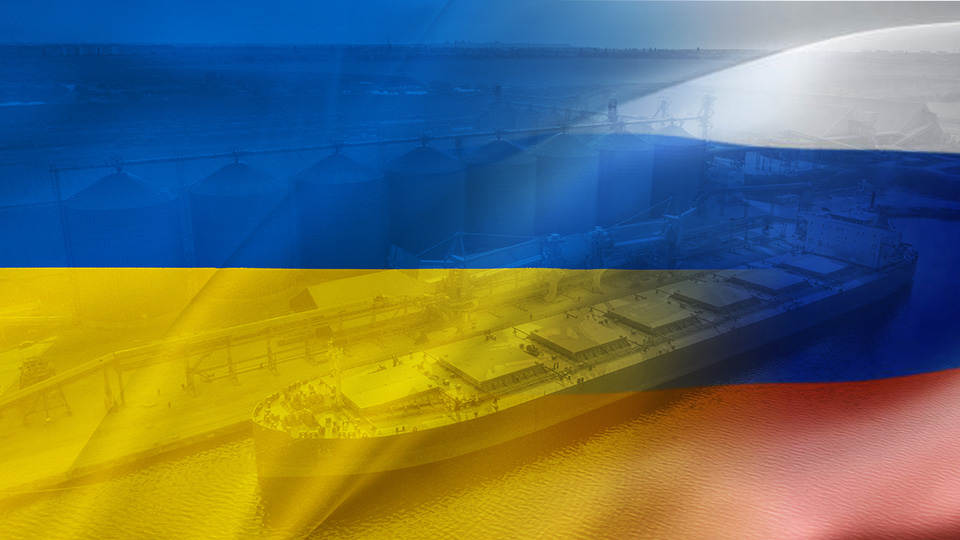
CONTACT BIMCO
Niels Rasmussen
Chief Shipping Analyst
Copenhagen, Denmark
- +45 44366864
- nr@bimco.org

Slower global growth and faster decarbonisation – since Russia’s invasion of Ukraine, the global economy has suffered from increasing food and commodity prices leading to inflation, and increased interest rates.
Though it now appears that most major economies will avoid a recession, several have been on the brink of one. Still, global economic growth has been lower than expected prior to the war. Global growth in 2022 is estimated to have ended at 3.4% versus IMF’s estimate in October 2021 of 4.9%. Prospects for the coming years are equally lower and the IMF now predicts average annual growth during 2022-2024 of 3.1% versus the 4.0% predicted in October 2021.
Overall, shipping has been complicated by an ever-increasing list of sanctions on trade with Russia and made more costly by the implementation of war risk surcharges. Ships and seafarers in Ukrainian ports at the time of the invasion were unable to leave and have been stuck for extended periods. Some ships were even hit by missiles on the approach to, or while in, Russian or Ukrainian Black Sea ports.
Dry bulk shipping saw direct impact on grain and coal trades. At the start of the war, the blockade of Ukrainian ports strained global wheat and maize supplies and caused a 25% and 15% m/m hike in prices respectively, which were only partially relieved by the Black Sea Grain Initiative. Meanwhile, increasing energy prices led to a renewed interest in coal. The European Union additionally feared, and later experienced, an end to Russian natural gas pipeline imports and raised coal import volumes in 2022 by 42% y/y. Tonne miles ended 73% higher as the bloc turned to suppliers further afield, especially when import of Russian coal was banned.
Despite a USD 20-30/barrel increase in oil prices just after the invasion, the recovery in global oil demand continued following the 9% drop in consumption in 2020. The invasion of Ukraine sparked fears that sanctions could curtail Russian supply to the market and added to activity along with a gradual shift in trade patterns as some buyers tried to avoid Russian oil. During the August to December implementation of the EU’s ban of Russian oil imports, crude carriers saw an increase in tonne miles demand as both EU and Russia found new trading partners further afield. A similar shift is currently seen within the product tanker trade following the full implementation of the EU’s ban of Russian oil products in early February 2023.
As consumers and businesses felt the strain of increasing prices and interest rates, the ”COVID boom” in the container market gradually receded during 2022 and overall volumes declined 4% y/y with Q4 volumes down 8% y/y. Services to and from Ukraine were naturally ended due to Russian blockades, but most major operators also quickly decided to end services to and from Russia.
Although it is difficult to predict when or how, it must be expected that trade relationships with Russia will normalise at some point after the war in Ukraine ends, but the war will have a lasting impact on shipping. However, there is no indication that an end to the war will lead to a resurgence in global growth. The lower than previously expected growth in 2022, and following years, will therefore have a lasting impact, also on growth in shipping markets.
In addition, the war elevated energy supply to a matter of national security, particularly in the EU. This has led to a renewed commitment to accelerate decarbonisation which will have a lasting impact on coal and oil shipments.